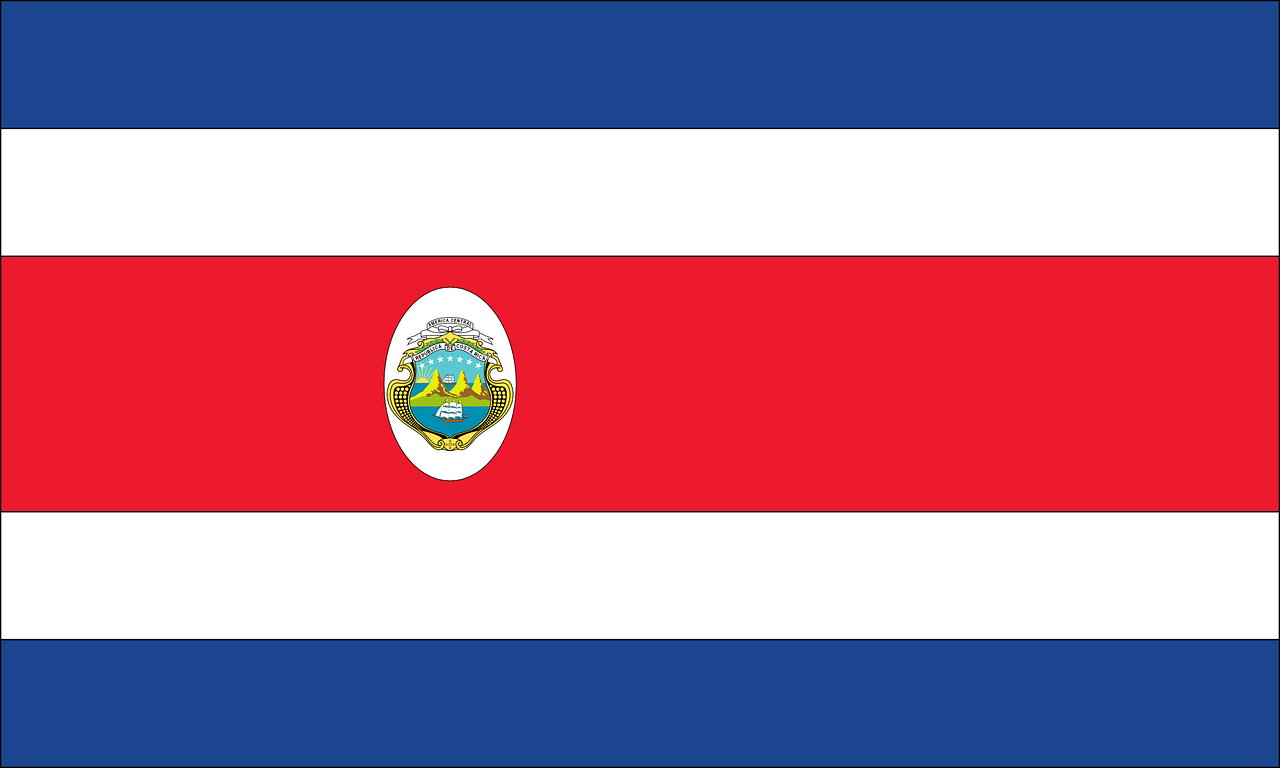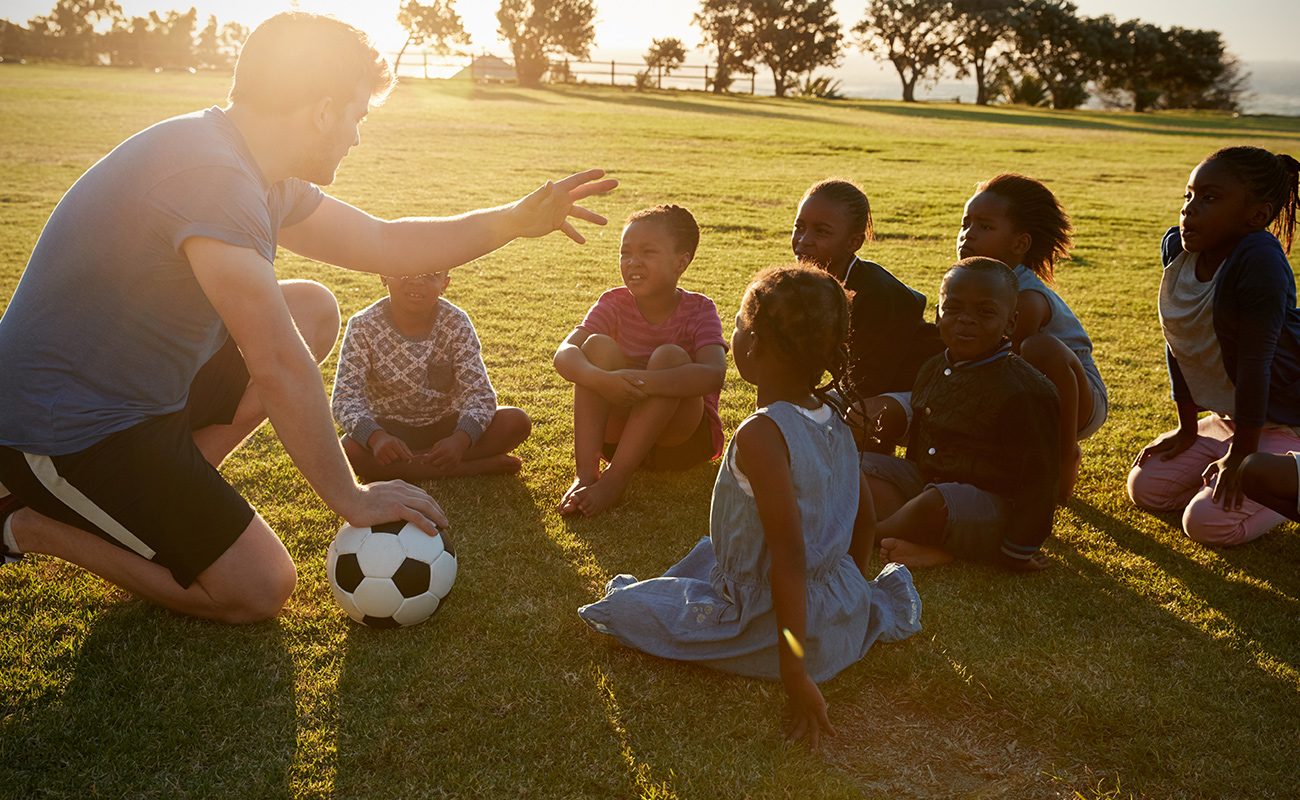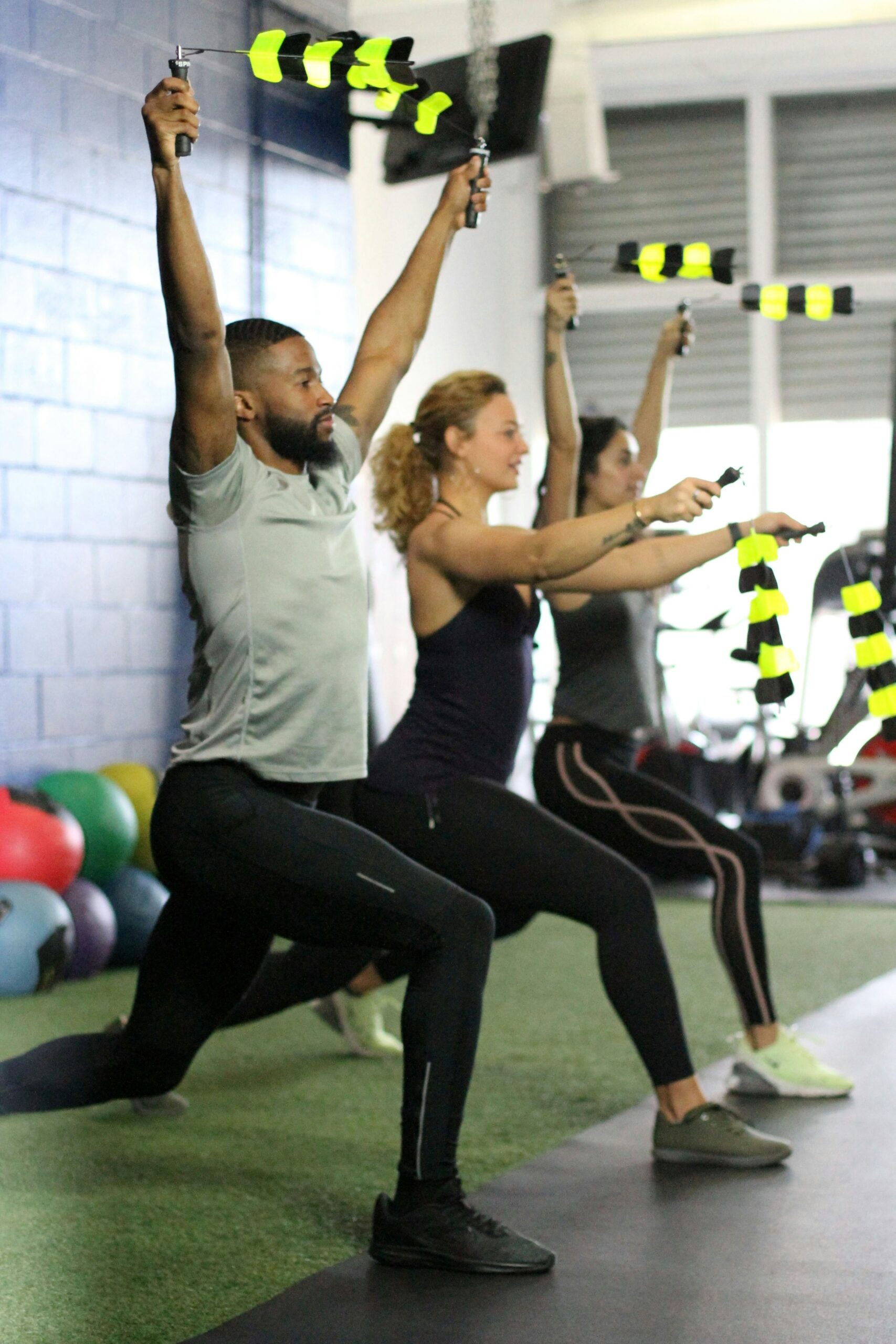Physical literacy in Costa Rica

The Physical Literacy Journey Starts in Costa Rica
My name is Ignacio Sabaté, I am a former racquetball athlete and now a coach and sport manager who graduated from the Russian International Olympic University. My partner is Osman Murillo who is a former athlete and Olympian from the London 2012 discipline of Judo and is now a personal trainer and judo coach.
We came across the concept of physical literacy a few years ago and started to study its dimensions and implications. Taking the Foundation Course with Liz Taplin increased my understanding and desire to ensure that others understood the concept and promoted physical literacy in Costa Rica.
Physical literacy, physical activity and certain practices related to sports initiation have made us realise that there are gaps of knowledge of those providing physical activity experiences.
We have found physical literacy is the key factor and steppingstone if we are to take responsibility for physical activity throughout life. In regard to children’s participation in sport and physical activity, physical literacy is being considered as the key focus in designing inclusive and sustainable sport for development projects in Costa Rica.
Costa Rica is divided geographically in seven departments and 82 municipalities. The first one to embrace the concept of physical literacy is the sports committee of the central City of San José (the capital city of Costa Rica).
We were asked to train 20 sport coaches and PE teachers, who had been asked to run a new project within the central municipality facilities, where children aged 6 to 12 years old were going to experience different environments and experiences in physical activities.
The training consisted in a 10-hour workshop, where we introduced the concept and benefits of a focus on physical literacy. We highlighted the roots of the concept in relation to the philosophical elements of monism, existentialism, and phenomenology. We then analyzed the elements of the concept, reviewing each of the components and the benefits related to physical competence, motivation, knowledge, understanding. With regard to movement expression, we explained the categorization of types of foundation movement patterns (Whitehead, Durden-Myers, Green, 2018) in order to analyze the relationship of these movement patterns and their future application in sport and physical activity experiences.
The second part of the workshop consisted of pedagogical approaches and discussed the seven key pillars when teaching lessons. We then engaged the participants in considering progression, refining movements and specific moment patterns choosing one environment and physical activity.
Physical literacy was chosen as the methodological basis as we tried to change the paradigm within sport organizations, where they start specializing at an early stage. Sensitive holistic development should be the aim where individuals develop confidence and motivation through the lived experiences in different context and environments.
It is expected that physical literacy is going to help coaches modify their teaching and planning of sessions, and how managers design programs in the long term, considering the needs of children and youth. Although more research and consideration of assessment are needed in order to understand the long-term benefits of engagement in physical activity, we are keen to continue to work on promoting physical literacy in Costa Rica and encouraging coaches and teachers to modify their practices to encapsulate holistic development.



